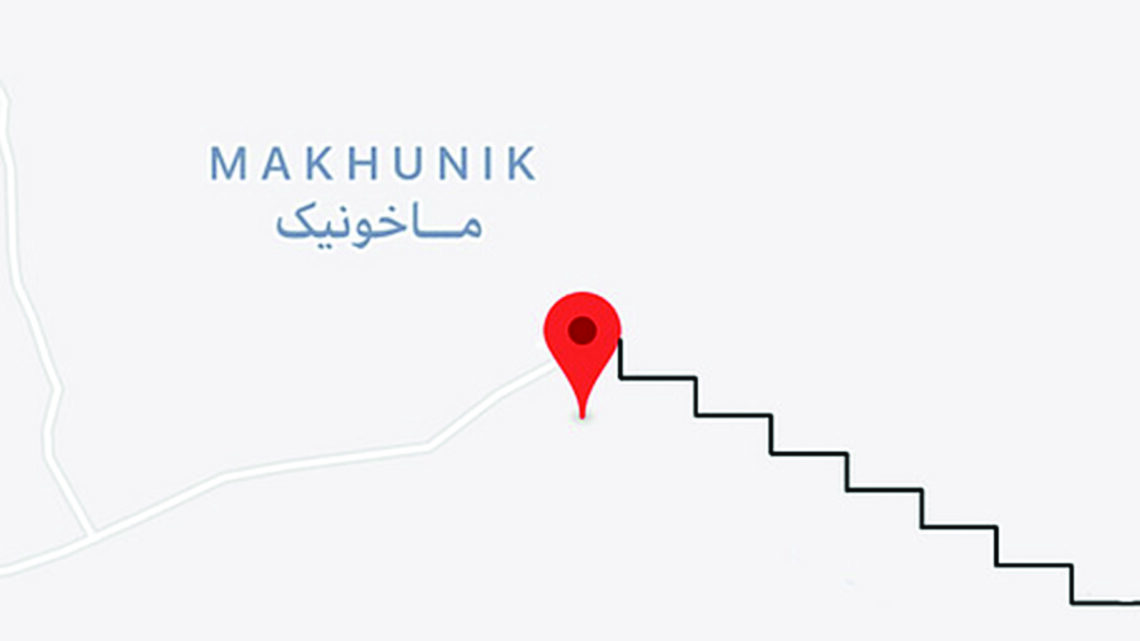The Makhunik Ceiling
January 10, 2018
There are indications in the architecture that 100 years ago the average resident of Makhunik, in eastern Iran, measured just 100cm in height – some 50cm shorter than the average height at the time. Of the roughly 200 stone and clay houses that make up the ancient village, 70 or 80 are exceptionally low, ranging between 1.5 to 2m – with the ceilings of some as low as 140cm.
Growing crops and keeping animals has always been difficult in this dry, desolate region. Turnips, grain, barley and a date-like fruit called jujube constituted the only farming. People subsisted on simple vegetarian dishes such as kashk-beneh (made from whey and a type of pistachio that is grown in the mountains), and pokhteek (a mixture of dried whey and turnip). If true the Makhunik grew to a similar height as Homo floresiensis, a dwarfed Homo erectus that underwent a process of insular dwarfism on Flores, Indonesia. Although the remote region around Makhunik is not an island, its isolated location made interaction with people from other villages very difficult, if not impossible. Genes inclined for small size could not have travelled far and local conditions may have stimulated these genes to be expressed as wondrously small people. Apart from pathological forms of dwarfism the people of Makhunik would the first and definitely the most recent example of a 100cm Homo sapiens. Perhaps it’s an indication of a genetically embedded ‘natural’ ceiling to how short we could become, once we create the right conditions.